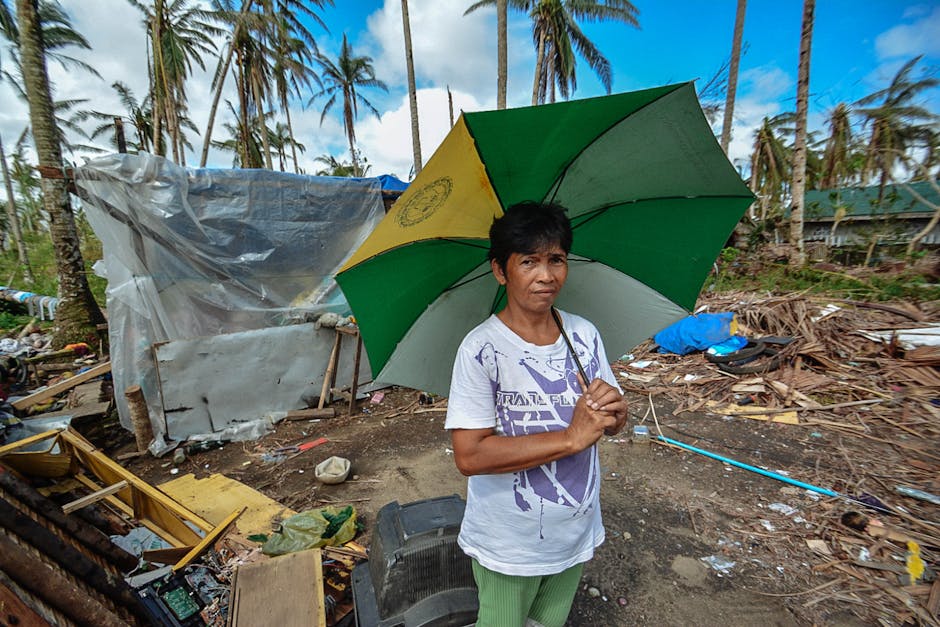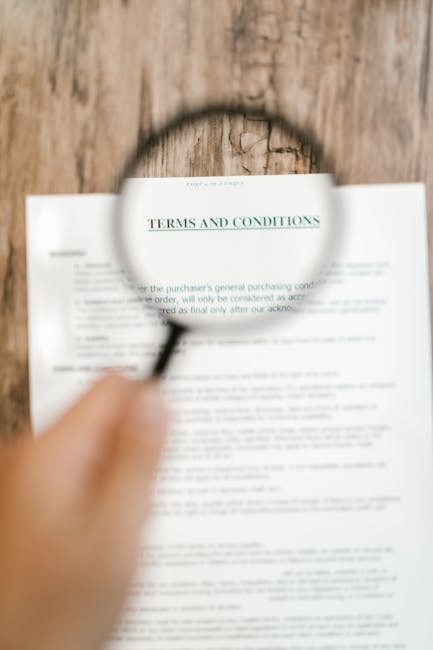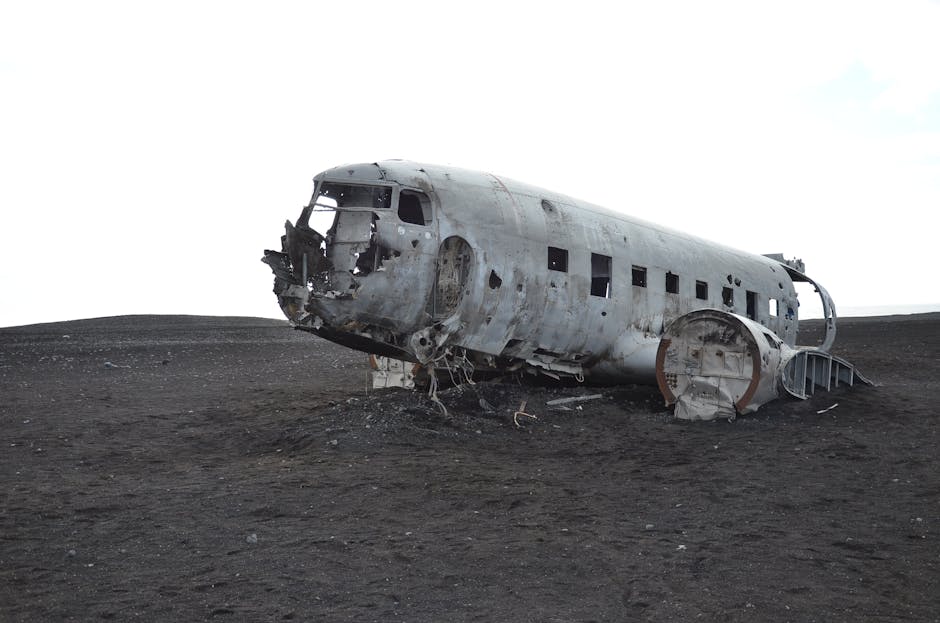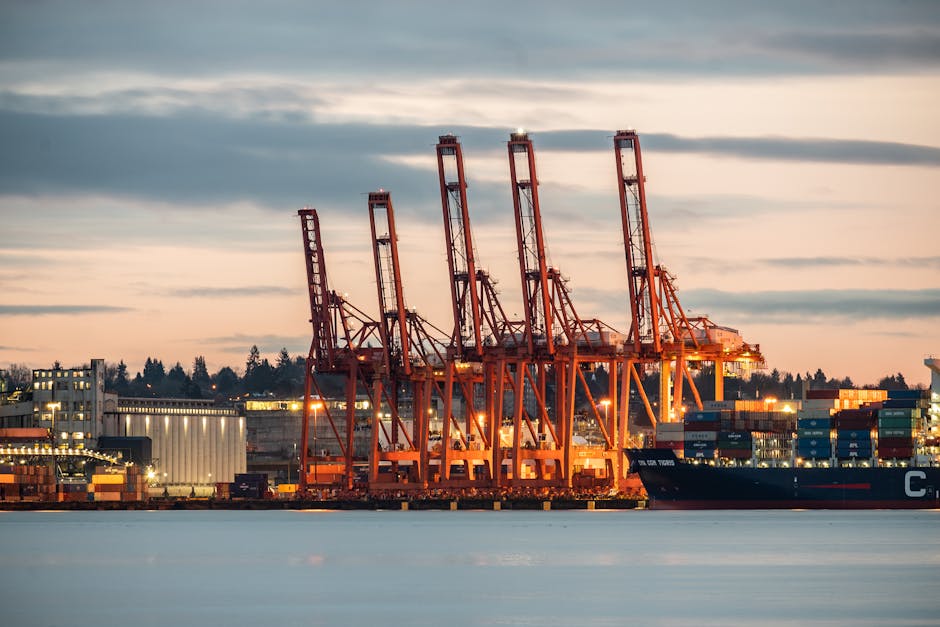-
KFD Outbreak 2025: Kyasanur Forest Disease (KFD), or “monkey fever,” is surging in Karnataka, particularly in Shivamogga and Chikkamagaluru districts as of April 2025.
-
Disease Nature: KFD is a tick-borne viral hemorrhagic fever, potentially fatal to humans and primates, caused by the Kyasanur Forest Disease Virus (KFDV).
-
Transmission: Spread primarily through bites of infected hard ticks (Hemaphysalis spinigera). No person-to-person transmission. Human beings are incidental hosts.
-
Symptoms: Two phases – First phase: Sudden fever, headache, severe pain, nausea, vomiting, diarrhea, bleeding. Second phase (10-20%): Fever recurrence, neurological issues (headache, tremors, vision problems).
-
Mortality: Fatality rate is between 3-5%.
-
Diagnosis & Treatment: Diagnosis via PCR, virus isolation, and antibody detection. No antiviral treatment; supportive care focuses on symptom relief and complication prevention.
-
Prevention: Avoid tick-infested areas, wear protective clothing, use insect repellents (DEET), avoid contact with sick/dead animals, tick checks, and vaccination where available.
-
Risk Factors: Deforestation, land use change, and climatic factors have all played a role in the increase of the tick population, elevating the transmission risk of KFD.
-
Vaccine Issues: Abrupt removal of the KFD vaccine due to a decrease in potency has exposed locals and healthcare professionals to risks. Recent vaccine withdrawal may render current availability sparse
-
Public Health Response: Health officials are monitoring the outbreak, conducting awareness campaigns, distributing protective gear, and working on vaccine development.
14.04.25
Koch Rajbongshis
-
Assam Cabinet’s Decision: Assam government withdraws ~28,000 pending Foreigner Tribunal cases against Koch Rajbongshi community members.
-
Reasoning: State government considers them an “indigenous community.”
-
Koch Rajbongshi Identity: Traced to the Koch Dynasty of the Kamata Kingdom (16th century). Spread across Assam, West Bengal, and parts of neighboring countries.
-
Geographic Concentration: Significant presence in western Assam districts. Kamatapur Autonomous Council created in 2020 for their advancement.
-
Demands: While having OBC status, they seek Scheduled Tribe (ST) status. Some groups, especially in West Bengal, advocate for a separate Kamatapur state.
-
Citizenship Issues (“D-voter” Tag): Transborder nature led to many being labeled “D-voters,” questioning their citizenship due to the 1985 Assam Accord.
-
Controversies/Questions: Selective withdrawal raises questions about similar relief for other communities, especially indigenous Assamese Muslim sub-groups. Concerns raised that figures may be inflated for political gain with upcoming elections.
-
Similar instances:The Assam Cabinet had similarly announced the withdrawal of cases against members of the Gorkha community.
-
Political significance: Communities are expected to build pressure on the state government as the 2026 Assam Legislative Assembly election draws closer.
CAPTCHA
-
CAPTCHA Definition: A challenge-response test designed to differentiate humans from bots, bolstering online security.
-
Origin & Evolution: Developed in the early 2000s by Luis von Ahn and others. Started with distorted text, evolved to reCAPTCHA (digitizing books), and then Invisible reCAPTCHA (behavioral analysis by Google).
-
Functionality: CAPTCHA presents tasks easy for humans (image recognition, solving distorted text) but hard for bots, leveraging the Turing Test concept.
-
Advantages: Prevents fake accounts, spam, and data theft, ensuring human access to digital platforms.
-
Applications: Used in logins, registrations, transactions, comments, account recovery, and surveys. reCAPTCHA aided book digitization.
-
Limitations: Accessibility issues for disabled users (audio CAPTCHAs are not always sufficient for hearing-impaired), can be tedious on mobile, and susceptible to bypass by sophisticated bots.
-
Evolving Challenges: As bots become more advanced (using machine learning), CAPTCHAs need to adapt.
-
Future Directions: CAPTCHA must balance security with accessibility and user-friendliness to remain relevant in digital security.
-
Alternative Security Measures: Two-Factor Authentication (2FA), biometric verification, honeypots, and behavioral biometrics offer alternative security layers.
Jallianwala Bagh
- Event: The Jallianwala Bagh massacre occurred on April 13, 1919, in Amritsar, Punjab.
- Context: Took place during Baisakhi, amid growing unrest against British policies, including the Rowlatt Act (allowing detention without trial).
- Trigger: Protests against the arrest of nationalist leaders Satyapal and Saifuddin Kitchlew.
- Massacre: General Dyer ordered troops to fire on an unarmed crowd gathered in Jallianwala Bagh, a walled garden with a single exit.
- Casualties: Official British estimates: 379 dead. Indian Congress inquiry: over 1,000 dead.
- Consequences: Sparked outrage, uniting Indians against British rule, and escalating protests.
- Impact: Inspired the Non-Cooperation Movement and led Rabindranath Tagore to renounce his knighthood.
- British Response: The Hunter Commission mildly censured Dyer, who was relieved of his duties.
- Retribution: Udham Singh assassinated Michael O’Dwyer (who supported Dyer) in 1940, becoming a martyr.
- Significance: Exposed British brutality, a turning point in India’s freedom struggle, marking a symbol of resistance, and a dark chapter in history, according to PM Modi and other leaders. The massacre is remembered as a symbol of courage and sacrifice.
BatEchoMon
-
India’s First Automated Bat Monitoring System: BatEchoMon, developed by IIHS Bengaluru, is India’s first real-time automated system for bat monitoring and detection.
-
Saves Significant Time: BatEchoMon dramatically reduces data processing time for bat echolocation calls from months to hours, previously a major bottleneck.
-
How it Works: BatEchoMon uses ultrasonic microphones (modified AudioMoth), a Raspberry Pi microprocessor, solar power, and Wi-Fi for data transmission.
-
AI-Powered Analysis: It employs a convolutional neural network (CNN) to distinguish bat calls from other sounds and classify them by species based on call structure.
-
Detailed Output: Generates spectrograms, audio files, and species-specific statistical data on bat calls, frequency, and timing.
-
Impact on Research: BatEchoMon allows researchers to focus on bat ecology and ask more in-depth questions instead of being bogged down by data processing.
-
Globally Significant: Experts suggest that BatEchoMon’s in-built recording and call classifying unit could be a milestone in global bat research.
-
Cost-Effective: The core system is designed to be more affordable than advanced detectors and similar systems, making it more accessible.
-
Current Limitations: The primary challenge is the limited reference libraries for the calls of many Indian bat species; currently identifies 6-7 common species.
-
Future Goals: Expanding the system to identify more bat species and creating robust training datasets through collaboration.
-
Application: Useful in urbanization/climate.
Mk-II(A) Laser DEW
- India successfully tested the Mk-II(A) Laser-Directed Energy Weapon (DEW), capable of disabling fixed-wing and swarm drones.
- This makes India one of only four nations (along with the US, China, and Russia) with this capability.
- The Mk-II(A) is a 30-kilowatt laser-based system designed to neutralize helicopters, swarm drones, and radars.
- Developed by DRDO’s CHESS, Hyderabad, in collaboration with academic institutions and Indian industries.
- It offers lightning-fast engagement, precision, and lethal action within seconds.
- The system identifies targets via radar or its Electro-Optic (EO) system and uses a powerful laser beam to cut through the target.
- Primary benefits include reduced reliance on expensive ammunition and lower risk of collateral damage.
- The laser system can engage fixed-wing drones from long range.
- Can thwart multiple drone attacks at a time, destroying surveillance sensors and antennae.
- The system can shoot down drones and missiles in seconds.
SRCC
- Rare and Aggressive Cancer: Signet Ring Cell Carcinoma (SRCC) is a rare, aggressive subtype of colorectal cancer (CRC) characterized by cells resembling signet rings.
- Indian Research Breakthrough: Indian scientists have developed innovative methods (PDOs and PDXs) to study and potentially treat SRCC more effectively.
- PDOs and PDXs: Patient-Derived Organoids (PDOs) are 3D tumor models grown in lab dishes, and Patient-Derived Xenografts (PDXs) involve implanting human tumor cells into mice to mimic SRCC tumor behavior.
- Mimicking Tumor Behavior: PDOs and PDXs models mimic molecular behavior of real human SRCC tumors.
- Living Biobank: This research creates one of the first living biobanks of SRCC models, enabling precise study and treatment testing.
- Peritoneal Spread: SRCC is challenging to treat due to its tendency to spread to the peritoneum (lining of the abdominal cavity), worsening prognosis.
- Disproportionate Impact in India: While SRCC is 1% of CRC globally, it affects a disproportionately larger number of patients in India (nearly 10 times more), often younger individuals.
- Study Details: Research published in ‘Clinical Cancer Research’, led by Nazia Chaudhary at ACTREC, Tata Memorial Centre.
- Central and Northern India Prevalence: A recent study found that central and northern India had the highest proportion of SRCC cases in the country.
- Therapeutic Vulnerabilities: The study uncovered unique molecular features explaining SRCC’s resistance to chemotherapy and identified potential therapeutic vulnerabilities through drug combination testing.
- Promising Drug Combination: A novel three-drug combination shrank tumors and curbed cancer spread in lab models, paving the way for clinical trials and new treatment options. Phase 1 clinical trials are required for further investigation.
IMEC: Economic Corridor
-
IMEC Overview: The India-Middle East-Europe Economic Corridor (IMEC) is a major infrastructure project announced at the G20 Leaders’ event in New Delhi in 2023. It aims to boost economic development through enhanced connectivity and integration between Asia, the Middle East, and Europe.
-
Key Components: IMEC comprises two corridors: an east corridor connecting India to the Arabian Gulf and a northern corridor linking the Arabian Gulf to Europe. It includes a railway route to facilitate trade between India, UAE, Saudi Arabia, Jordan, Israel, and Europe.
-
International Support: India, Saudi Arabia, the UAE, France, Germany, Italy, the European Union, and the United States have signed an MoU for its development, tied to the Partnership for Global Infrastructure and Investment (PGII), seen as an alternative to China’s Belt and Road Initiative (BRI).
-
Challenges and Uncertainties: The project faces challenges due to the ongoing Israel-Hamas conflict and the broader geopolitical instability in the Middle East. The conflict raises concerns about infrastructure continuity and cooperation.
-
Recent Developments: During PM Modi’s visit to France, Marseille was highlighted as a strategic entry point into the European market, with the IMEC viewed as a catalyst for investment. An Intergovernmental Framework Agreement between India and the UAE has been signed for the project’s operation, focused on developing a logistics platform.
-
Strategic Significance: The IMEC aims to counter China’s growing influence through its BRI, focusing on financial viability and respect for national sovereignty. India’s opposition to the BRI stemmed from its inclusion of the China-Pakistan Economic Corridor.
SC Deadline on Reserved Bills
-
SC Sets 3-Month Deadline: The Supreme Court has mandated a 3-month deadline for the President to decide on bills reserved by Governors under Article 201.
-
Why the Deadline?: Delays stall state legislative processes, leaving bills in “indefinite abeyance,” violating the principle of non-arbitrariness. Lack of timeline has been a cause of differences in Centre-State relations
-
Presidential Action: The President must either assent or withhold assent within 3 months, providing reasoned justification for any delay.
-
No Absolute Veto: The President cannot indefinitely delay assent, effectively exercising an “absolute veto”. Decision to withhold assent should be based on sound and specific reasons, not arbitrarily.
-
State Recourse: States can file writ petitions (Writ of Mandamus) if the President fails to act within the deadline, compelling a decision.
-
Article 143 Consideration: If a bill is reserved due to unconstitutionality, the President should seek the Supreme Court’s opinion under Article 143.
-
President’s Discretion: Unlike the Governor, the President is not constitutionally bound to assent to a bill even if it’s passed again by the State legislature.
-
MHA Guidelines & Commission Recommendations: The SC referenced the Ministry of Home Affairs’ 2016 Office Memorandums prescribing a 3-month timeline. It also invoked recommendations from the Sarkaria and Punchhi Commissions, which advocated for time-bound decisions on reserved bills.
-
Federal Structure: Undue delays would be detrimental to the federal fabric of the Constitution, necessitating reasonable time limits for Presidential action.
-
Extraordinary Situation: Article 201 is not ordinary law making procedure so far as the States are concerned. An extraordinary situation arises wherever policy considerations are involved in an otherwise State legislation but nevertheless having the propensity of a pan-country effect that is necessitated by the very quasi-federal nature of our polity
Daily MCQs
-
Daily Practice MCQs: Focuses on daily multiple-choice questions (MCQs).
- Why: Enhances test preparation through repeated practice and reinforcement of learned material.
-
Question Structure: Questions are structured with options like Q.1) – a, Q.2) – b, Q.3) – c.
- Why: Provides a standardized format for easy understanding and immediate answer selection.
-
Content: No provided content or context to analyze specific news or current events.
- Why: The absence of context leaves us unable to derive insights.









